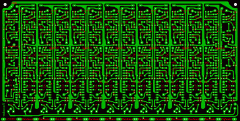
|
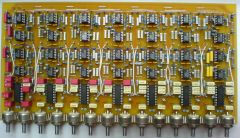
|
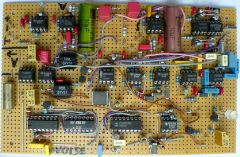
|
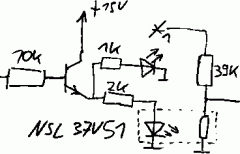
|
|
Layout for 14 analyse/synthesise bands
|
Finished analyse/sythesise board
|
Finished input/output board
|
Schematic for the I/O board
|
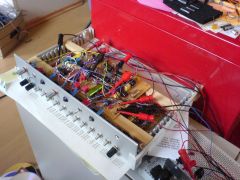
|
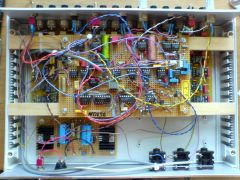
|
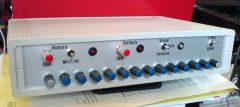
|
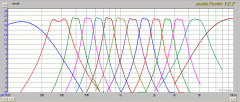
|
|
Testing during contruction
|
Inside
|
Front view
|
Measured frequency response
|

|

|

|

|
german poem / bass voice
(poly saw on EMU sampler)
|
same poem / high chords
(poly saw on EMU sampler)
|
voice/distorted guitar
|
analysis in: sine sweep (bleeds through)
synthesis set to unvoiced (white noise)
|











